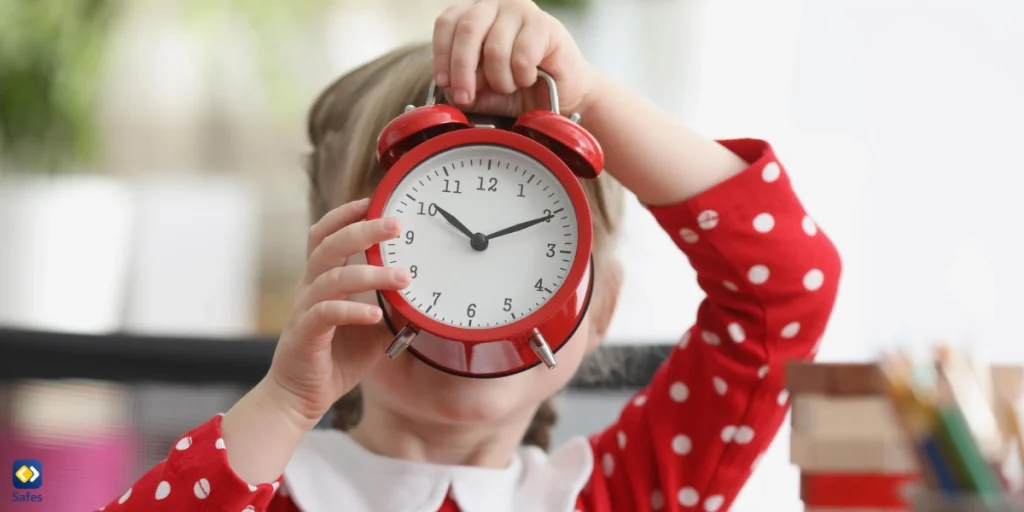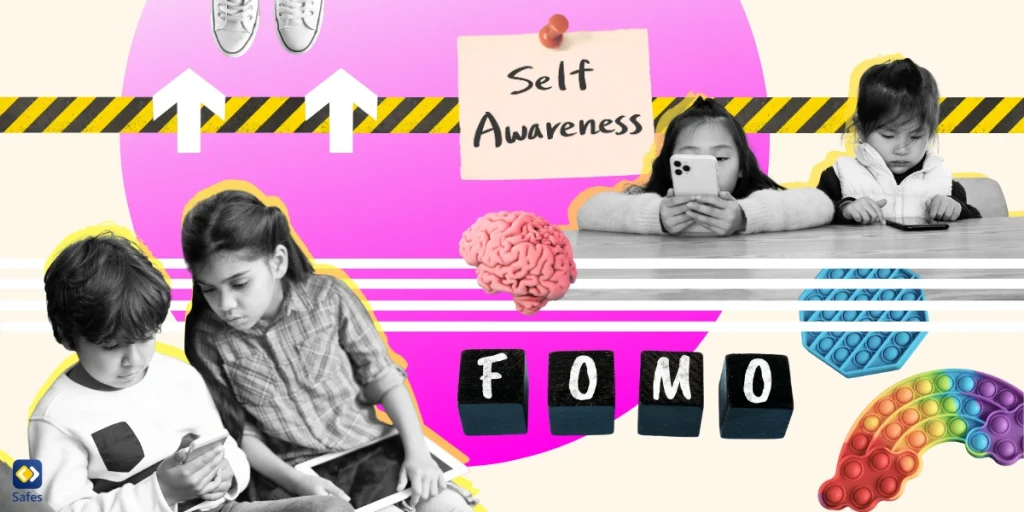Daylight Saving Time (DST), a widely practiced clock adjustment, entails moving clocks one hour forward in the spring and back in the fall to make the most of natural daylight. Since a couple years, there have been discussions on whether or not to move the clock twice a year. With November nearing, so is DST and the discussions are getting their heat again. The US, together with other countries, are still implementing DST, even though not everyone likes the idea. In this blog, we aim to explore the profound effects of DST on children. While this biannual time change impacts people of all ages, its consequences are particularly pronounced in younger individuals.
Why Do We Have Daylight Saving Time?
The concept of DST traces its origins back to the early 20th century when it was first proposed by Benjamin Franklin, and later championed by various governments worldwide. The primary reasons behind its implementation include energy conservation and the optimization of daylight. By making this change, it’s believed that energy consumption, particularly in lighting and heating, can be reduced, contributing to greater energy efficiency. Additionally, DST is designed to align our waking hours more closely with natural daylight, potentially improving overall well-being and reducing the need for artificial lighting and heating during the extended evening hours of summer. Understanding the historical and practical aspects of DST sets the stage for a deeper exploration of how it affects children.
The Effects of DST on Children
The effects of DST on children are multi-faceted and can have a profound impact on their well-being. Let’s delve deeper into these effects.
Sleep Disruption
One of the most noticeable effects of DST is the disruption of children’s sleep schedules. When the clocks go back in the autumn, children may struggle to adjust to the abrupt change in their daily routines. Adjusting to the new time can lead to difficulty falling asleep and waking up, resulting in sleep deprivation and fatigue. This disturbance in sleep is especially concerning for youngsters because it can be difficult for them to reset their internal clocks, and the ramifications can last for days or even weeks. It is critical to comprehend the repercussions of sleep disturbance by understanding the appropriate sleep durations for various age groups. For instance, young children require more sleep than teenagers. With DST altering their sleep patterns, children may not get the necessary amount of rest, which can negatively impact their physical and mental development.
Behavioral and Mood Changes
Children may experience behavioral and mental challenges as a result of DST-induced sleep disruption. Children frequently become irritable, temperamental, or unable to concentrate. These behavioral changes may affect how they interact with peers and family members. Numerous studies and sleep medicine experts have discovered a link between sleep disruption and mood issues in youngsters. According to experts, disrupted sleep habits can cause greater irritability and mood fluctuations, which can harm children’s emotional well-being. These mood fluctuations are tough not just for the children, but also for their parents and teachers, who must cope with the behavioral challenges that accompany them.
Academic Performance
Tired children may find it challenging to be academically successful. Their cognitive functions may be reduced, impacting their ability to focus, retain information, and perform well in school. Teachers often report an uptick in being absent and a decrease in classroom engagement following the time change. Students may experience decreased test scores, difficulty concentrating, and lower motivation, all of which can be attributed to the disruption of their sleep schedules.
Health Implications
The potential health implications of DST on children are a growing concern. Next to mood changes and academic performance, DST can also lead to increased stress. Sleep disruptions and the sudden shift in routines can cause children to be more prone to stress-related health issues. Furthermore, children may also experience a heightened susceptibility to illnesses due to weakened immune systems resulting from disrupted sleep and increased stress, which can exacerbate the health implications of DST.
How Can Parents Help?
One of the most effective ways parents can help their children adapt to the time change brought about by Daylight Saving Time is to offer tips for gradually transitioning sleep schedules. This transition can begin a few days before the clock changes. Parents can start by shifting bedtime and wake-up times by 15 minutes earlier or later, depending on the direction of the time change. Incremental adjustments can make it easier for children to adapt and minimize the impact on their sleep. For example, if the clocks move forward in the spring, gradually adjust bedtime and wake-up times earlier each night in the week leading up to the change.
In addition to altering sleep schedules, parents can suggest adjusting daily routines to ease the transition. This might involve altering mealtimes, outdoor activities, and exposure to natural light. Encouraging outdoor play in the afternoon and early evening can help children’s internal clocks adjust to the new schedule. Likewise, mealtimes can be adjusted to align with the new time. Creating a consistent bedtime routine that includes calming activities like reading or a warm bath can also signal to children that it’s time to sleep.
Conclusion
In this article, we’ve examined the multifaceted impacts of Daylight Saving Time (DST) on children, highlighting the challenges stemming from biannual time shifts. DST, rooted in energy conservation and daylight optimization, affects children in several ways, including sleep disruption, mood changes, academic performance challenges, and potential health implications. It’s vital for parents to be aware of these consequences and take proactive measures to ease the transition for their children. Gradually adjusting sleep schedules, adapting daily routines, and promoting consistent bedtime rituals are essential steps. By being proactive and informed, parents can help mitigate the effects of DST on their children and ensure a smoother transition during the upcoming time change.




